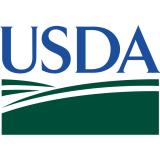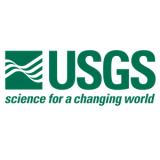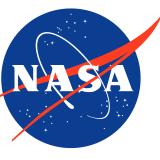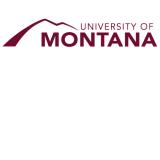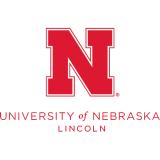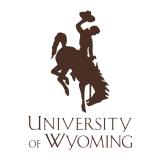Upper Missouri River Basin Soil Moisture and Plains Snow Data Value Study

Under Congressional direction, NOAA's National Integrated Drought Information System (NIDIS) is leading the “Upper Missouri River Basin Data Value Study,” an interagency study of the value of the data from the Upper Missouri River Basin Soil Moisture and Plains Snow Monitoring Build-Out to support improvements to water resource models, drought monitoring capabilities, and other applications.
The Data Value Study is a 4-year, $1 million effort. The study’s interagency team includes the National Oceanic and Atmospheric Administration, U.S. Army Corps of Engineers, U.S. Department of Agriculture’s Natural Resources Conservation Service, U.S. Geological Survey, U.S. Bureau of Reclamation, and National Aeronautics and Space Administration, as well as the state mesonets involved in the build-out.
The team will study how Upper Missouri River Basin data will:
- Improve weather and climate forecasting products at the local, regional, and national levels
- Enhance NIDIS, the National Water Model, and the U.S. Drought Monitor
- Contribute to remote sensing products
- Support other appropriate applications identified by the research team.
In addition to the focus on data use, the study also involves an assessment of the viability of the ownership and operational structure of the Upper Missouri River Basin project, including network data acquisition by NOAA’s National Mesonet Program.
This project is a component of the ongoing NIDIS-sponsored National Coordinated Soil Moisture Monitoring Network.
For more information, please contact Elise Osenga (elise.osenga@noaa.gov).
You can also watch a short video overview of the Army Corps of Engineers-led UMRB build-out project, as well as a PBS report on how this project will help farmers and ranchers anticipate and manage drought and other conditions.
Project Snapshot
Elise Osenga, CIRES/NIDIS
What to expect from this project
Individual projects within the Data Value Study aim to:
- Demonstrate the value of the Upper Missouri River Basin soil moisture and temperature observations for National Weather Service River Forecast Center forecast operations, through analysis of how soil moisture outputs from a key forecast model (SAC-HT) compare to observational data.
- Project Team: NOAA Office of Water Prediction and the Missouri Basin River Forecast Center
- Assess the differential improvements to NOAA's main snow water content model (Snow Data Assimilation System, or SNODAS) from assimilation of the new dense Upper Missouri River Basin snow data network.
- Project Team: Cooperative Institute for Research to Operations in Hydrology (CIROH)
- Establish a process to leverage the Upper Missouri River Basin soil moisture data to generate improved initial parameters for the U.S. Army Corps of Engineers HEC-HMS models used to support reservoir operations.
- Project Team: U.S. Army Corps of Engineers, Omaha District
- Produce publicly-available, basin-wide soil moisture and snowpack data & maps on Drought.gov to support the U.S. Drought Monitor authors and contributors.
- Project Team: U.S. Drought Portal Team, NOAA's National Centers for Environmental Information, and South Dakota State University
- Document existing publications on the application of soil moisture and snowpack data that demonstrate the value of in situ data.
- Project Team: Texas A&M University
- Conduct a sensitivity analysis of increasing soil moisture stations in the Upper Missouri River Basin using actual and simulated in situ stations, assessing how station density influences the accuracy of the U.S. Drought Monitor's drought classification.
- Project Team: The Ohio State University
- Assess whether using Upper Missouri River Basin observational data to adjust the SMAP (Soil Moisture Active Passive) satellite data assimilation can provide improved model characterizations of fire-prone landscapes.
- Project Team: NASA Goddard Space Flight Center
- Conduct an exploratory study in the Colorado River Basin for applying in situ soil moisture data to the Sacramento Soil Moisture Accounting (SAC-SMA) model, with possible lessons for the Upper Missouri River Basin.
- Project Team: Ohio State University
- Conduct a survey to assess and document soil moisture and snowpack information needs of data users across the UMRB region.
- Project Team: JG Research and Evaluation
- Conduct a neural network analysis of how additional stations add increased certainty to land surface modeling and development of improve UMRB mapping for drought assessment and decision support.
- Project Team: University of Montana and the Montana Climate Office
- Evaluate program approach and assess program viability assessment for the Upper Missouri River Basin Network’s ownership and operational structure.
- Project Team: RTI International Research Institute



